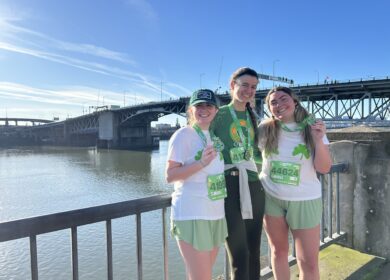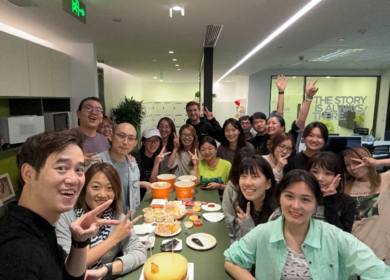By Rebecca Lansdell
The Hoffman Agency, Hong Kong
As Katie from our San Jose office recently pointed out in a blog post on effective PR pitching, journalists don’t write stories like press releases. And so they shouldn’t; otherwise almost no one would read them. And yet PR people seem to cling onto the safety of the press release format like a comfort blanket.
OK, press releases have their place – quarterly financial earnings that public companies are legally required to announce, for example – but when it comes to spinning a good yarn, there’s an awful lot to be learnt from our journalist and blogger friends. Particularly in this digital age, online media lives and dies by unique visitors and impressions. Every click counts, which is why they’re going to do everything in their power to lure you in.
This came to the fore recently when I was checking out my Twitter feed, and this intriguing little number popped up from @mashable:
I clicked without hesitation. Then I paused. Why so eager? I’m not a sailor, an ordnance survey drafter or a geographer. Why do I want to check out a bunch of maps?
First reason: the headline. ‘Get lost’ implies adventure, fun, discovering something new. Volkswagen knows this, which is why they’ve made ‘getting lost’ the theme of a recent TV ad in India.
Second reason: ‘19’ is a seemingly random number, but it’s actually full of promise. Two maps – why bother? 100 maps – this is going to be boring. But the cheeky number 19 (not 20) intrigued me.
Finally ‘fascinating maps’ seals the deal. What’s so fascinating about them? Where do they lead, what do they show? As maps have quickly evolved from humdrum pieces of paper to engaging, interactive portals – thanks to technologies such as mobile, geo-tagging and StreetView – we know that a map can hold enormous potential. At Hoffman we are huge advocates of visual storytelling; the humble map is a great framework which can display layer upon layer of rich information in a visually compelling way.
Luckily, Mashable knows how to follow through, and the article itself doesn’t disappoint. The 19 maps range from the functional (London cycle map) to the social (Instahood) to the academic (London’s Oyster Card Tap-Ins). They help you to explore, discover and share. Each and every one tells a different story in its own beautiful way – with fewer than 100 words of explanatory text per image.
It seems I’m not the only person to have been lured to this page – within 15 hours of publication, the story had been shared by more than 3,200 people. Compare that to a story on the BlackBerry Z10 becoming officially available on AT&T – only 1,300 shares, and the story has been live for a month. I know which I’d rather read.
As professional communicators, we need to be helping brands fulfill their storytelling potential to bridge the gap between what a company typically wants to talk about and what the masses want to read.


